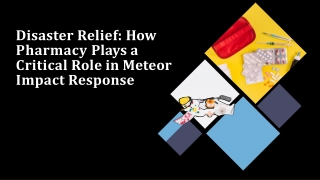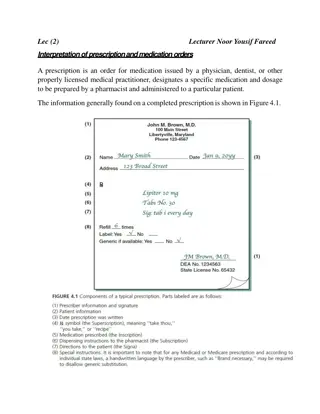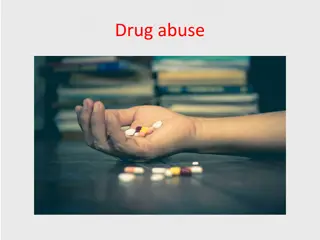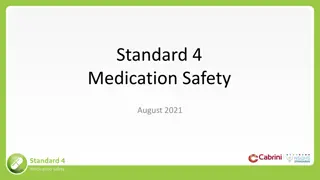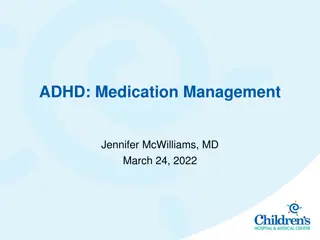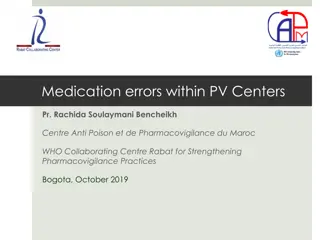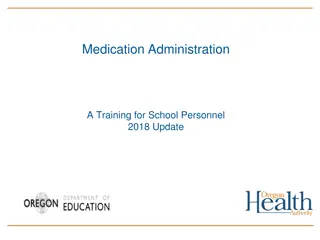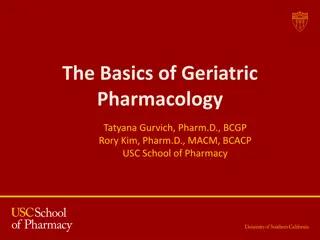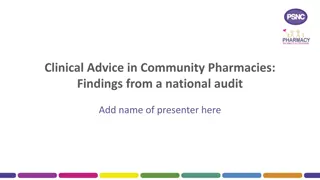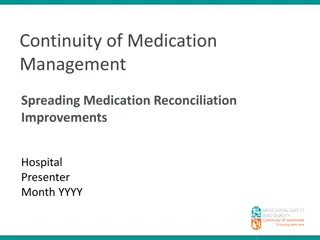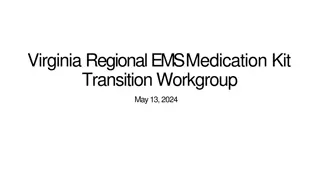
Understand Immunoglobulin Therapy: Overview, Uses, and Benefits
Discover the role of immunoglobulins in IVIg therapy, their source, how therapy is obtained, and their application in treating myositis. Learn about the effectiveness of IVIg in autoimmune diseases and the process of arranging therapy with your healthcare provider.
Download Presentation

Please find below an Image/Link to download the presentation.
The content on the website is provided AS IS for your information and personal use only. It may not be sold, licensed, or shared on other websites without obtaining consent from the author. If you encounter any issues during the download, it is possible that the publisher has removed the file from their server.
You are allowed to download the files provided on this website for personal or commercial use, subject to the condition that they are used lawfully. All files are the property of their respective owners.
The content on the website is provided AS IS for your information and personal use only. It may not be sold, licensed, or shared on other websites without obtaining consent from the author.
E N D
Presentation Transcript
What are Immunoglobulins? Immunoglobulins, also known as antibodies, are proteins that bind specifically to antigens Immunoglobulin products consist of antibodies from large pools of human plasma. The large plasma pools contain antibodies that are protective against many different pathogens (bacteria, viruses, fungi, etc)
Where does IG come from? Composition of Blood Red Blood Cells White Blood Cells Platelets Plasma Water (92%) Protein (8%) Albumin Immunoglobulin Blood Clotting Factor Alpha-1 Proteinase Inhibitors HAE (Hereditary Angio Edema)
IVIG- How is it obtained? Fractionation Facility to Fractionate or breakdown the blood The process: Plasma Obtained from donor Antibody removal Chemical treatment Filtration to remove viruses Freeze dried Held for up to 1 year - - - - - - Cost is approximately $3,000 per child (smaller doses) to $10,000 per adult per dose. -
Treatments/Myositis Most commonly prescribed Anti-inflammatory: reduce inflammation and swelling Corticosteroids May be given orally or IV Home infusion therapy is available for IV therapy Immunosuppressive MOA Disease Modifiers May be given orally or IV Home infusion therapy is available for IV therapy Anti-inflammatory properties Highly effective in autoimmune disorders IVIG May be administered SQ or IV Home infusion therapy is available for both SQ and IV therapy
IVIG- How is it used in Myositis? Broadly considered ineffective for Inclusion Body Myositis Is utilized in Autoimmune diseases such as Dermatomyositis and Polymyositis Where The body s immune system attacks muscle tissue IVIG is effective in autoimmune disorders due to its anti-inflammatory properties May see a response in 24-48 hours Some patients may need to wait months for them to feel better The sooner a patient receives therapy the greater the chance of a positive response 7
IVIG How is therapy arranged? MD and patient decide IG therapy is appropriate MD sends order and clinical support documentation to Intake Coordinator Benefits are verified, pharmacist reviews/enters orders, authorization is requested from Insurance company Authorization is granted Delivery of medication and coordination of Nursing is scheduled with the patient based what works best for them 8
IVIG How is IG administered? Available via Home infusion or Outpatient Infusion Center Home infusion allows for greater flexibility and the comfort of home as well as availability of many different brands of Ig product. Patients usually infuse every 3-4 weeks RN administers therapy and is present for duration of therapy Autoimmune conditions usually require longer infusion times due to larger doses. Typically 3 to 5 hours per day for 2 to 4 days 9

